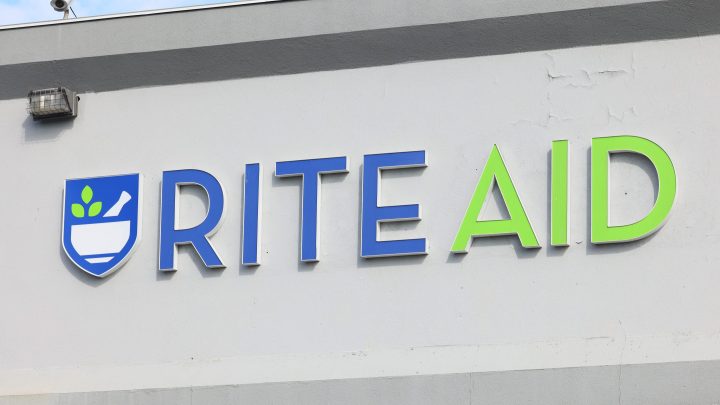
Rite Aid’s bankruptcy reflects how much the corner drugstore has changed
Rite Aid’s bankruptcy reflects how much the corner drugstore has changed

Rite Aid filed for bankruptcy over the weekend. The nation’s third-largest pharmacy chain had been in trouble for a while, with rising debt plus legal fees and large settlements tied to the opioid epidemic. Rite Aid is doing the Chapter 11 version of bankruptcy, which means it will keep operating while it does some restructuring and will be closing some “underperforming” stores.
And while Rite Aid does have some problems unique to its business, it’s been a rough year for retail pharmacies in general. Staff walkouts at CVS and Walgreens, more and more products locked up behind plastic barriers in stores with fewer hours … What’s going on?
The pharmacy business has seen lots of change in the last few decades.
Donald Klepser, senior associate dean at the University of Nebraska’s College of Pharmacy, has seen those changes firsthand.
“My parents were independent pharmacy owners, as I grew up, and there are fewer of them,” Klepser said. “Now, my parents, they actually sold to Rite Aid, as luck would have it, back in 2007.”
Now he prepares his students for an industry that’s less entrepreneurial — and more stressful — than the one from his childhood.
Staffing shortages have hit all the major chains and it’s getting harder and harder for individual stores to turn a profit, said George Hill, the senior health care technology and services analyst at Deutsche Bank.
“You’ve got reimbursement that’s going down as a company with a lot of debt is watching interest rates go up, it just doesn’t make for an attractive backdrop for a company like Rite Aid,” Hill said.
Hill points out that brick and mortar retail pharmacies are competing with supermarkets and wholesale clubs that don’t really need to make money off the prescriptions. Plus, there are new online pharmacies with lower overhead and staffing costs.
“If you were charting how much money pharmacies make per prescription, it would be a pretty steep chart down into the right, and has been for well over a decade,” Hill said.
All of this is contributing to more consolidation in the industry, which worries Curtis Haas, chief pharmacy officer at the University of Rochester Medical Center in New York.
“Rite Aid, at least in our region, has been one of the pharmacy chains that tended to maintain a presence in underserved communities,” Haas said.
Now, Rite Aid hasn’t announced yet which of its stores will be closing.
But, Haas said, “I think you’ll see contraction in the traditional, you know, every corner having a pharmacy kind of things that we’ve gotten used to something that’s going to look quite a bit different.”
Which he said could also make things more difficult for some communities to get access to their medicines.
There’s a lot happening in the world. Through it all, Marketplace is here for you.
You rely on Marketplace to break down the world’s events and tell you how it affects you in a fact-based, approachable way. We rely on your financial support to keep making that possible.
Your donation today powers the independent journalism that you rely on. For just $5/month, you can help sustain Marketplace so we can keep reporting on the things that matter to you.

















